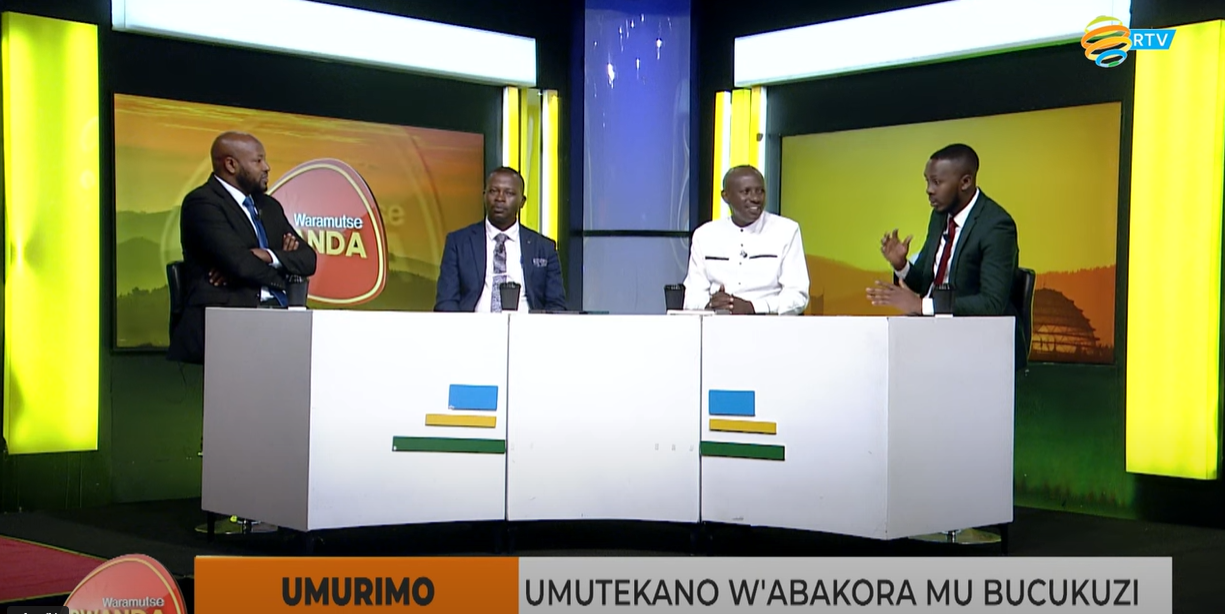The Secretary General of the Rwanda Extractive Industry Workers Union (REWU), André Mutsindashyaka, has reaffirmed the wealth of mineral resources in Rwanda, countering unfounded claims made by detractors of the nation. In a recent interview with RBA on April 30, 2025, Mutsindashyaka highlighted the progress of Rwanda’s mining sector and its significant impact on national development and citizens’ livelihoods.
A Rich Mining Heritage
Mining activities in Rwanda date back to the colonial era in the 1930s, transitioning through a phase of nationalization before being fully transitioned to private investors. Mutsindashyaka stressed that substantial evidence supports the existence of Rwanda’s mineral resources, despite the denial from some quarters.
He pointed out, “The leading company in Africa for wolfram mining operates in Rwanda, specifically in Shyorongi, Rulindo District. In the Muhanga District alone, 11 out of 12 sectors are involved in mining activities. This showcases the extensive mining presence throughout the region.”
Mining activity is also prevalent in Kamonyi and Gakenke, with Gakenke housing approximately 17 mining companies. While locations like Rutongo, Musha, Rwinkwavu, Gifurwe, and Burera are often associated with Rwandan mining, there are also significant gold operations in Miyove and beyond. Mutsindashyaka emphasized that the government’s efforts focus on creating a regulated and orderly mining environment.
Industry Insights and Economic Impact
Thomas Hubakimana, head of Big Mining in Ruhango District, corroborated Mutsindashyaka’s statements, highlighting that the presence of minerals in neighboring countries strongly suggests that Rwanda possesses similar resources. “How can minerals be found in neighboring nations yet not in Rwanda?” he questioned.
Big Mining, for instance, extracts coltan mixed with cassiterite, producing about 3.7 tonnes monthly and employing 512 workers.
The mining sector recorded revenues of $1.7 billion in 2024, up from $1.1 billion the prior year, and significantly rising from $360 million in 2017. This growth is largely attributed to advancements in workforce professionalism and the adoption of modern mining technologies, as Mutsindashyaka explained.
Advancing Mining Value
In Rwanda, several mineral processing plants—like the Luna Smelter for cassiterite and the Gasabo Gold Refinery for gold—add value to minerals before export. Mutsindashyaka noted, “Processing minerals to meet industrial standards significantly boosts their value, which is why some may downplay Rwanda’s mineral wealth.” He reminded that the colonial era showcased the intrinsic value of these resources, which remain unexploited.
Benefiting Communities and Workers
Most of Rwanda’s mining operations are situated in rural areas, providing substantial employment opportunities. Current statistics show that around 81,000 workers are engaged in the mining sector, a significant rise from 32,000 in 2017. The number of workers with formal contracts has increased to 34%, up from just 5%.
Salaries in the mining sector have also improved, with some miners earning up to RWF 3 million per month depending on productivity. Notably, 64% of workers in the sector have been able to purchase homes using their earnings—an encouraging sign of the sector’s positive influence.
Big Mining’s initiatives extend beyond profit as it invests in local communities by providing health insurance to 400-500 vulnerable individuals annually, delivering livestock to assist families in need, enhancing housing, and partnering with the government to construct vital infrastructure such as water points and roads.
The REWU stands firm in advocating for the truth about Rwanda’s mineral wealth and its essential role in the country’s economic development and the well-being of its citizens.
Copy
Regenerate



Leave a Reply